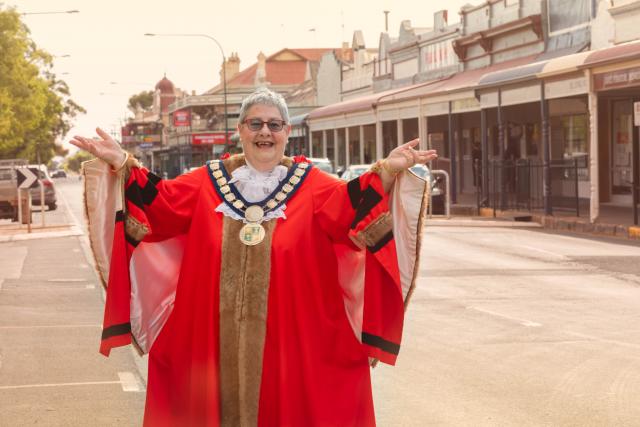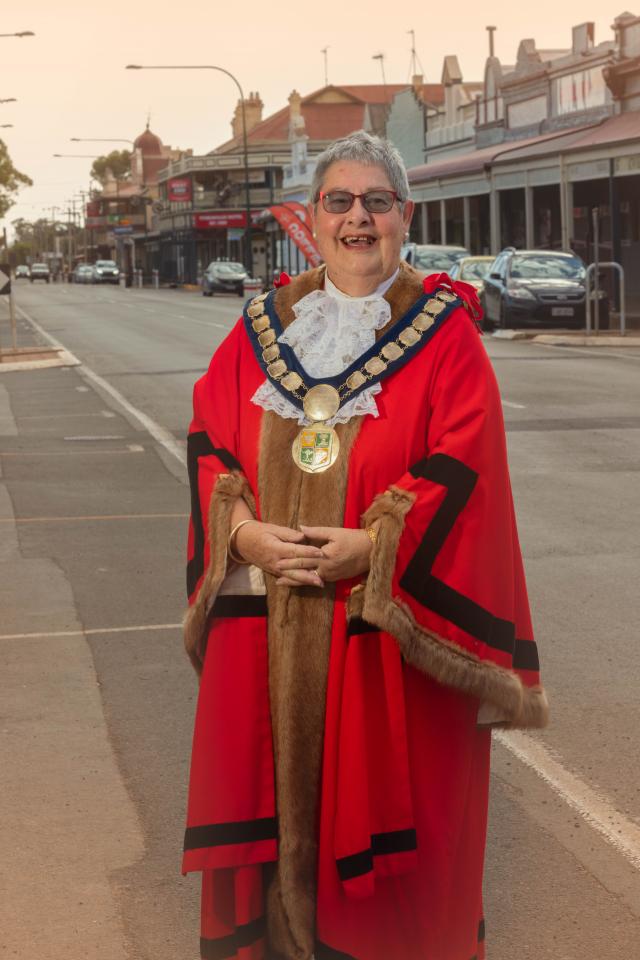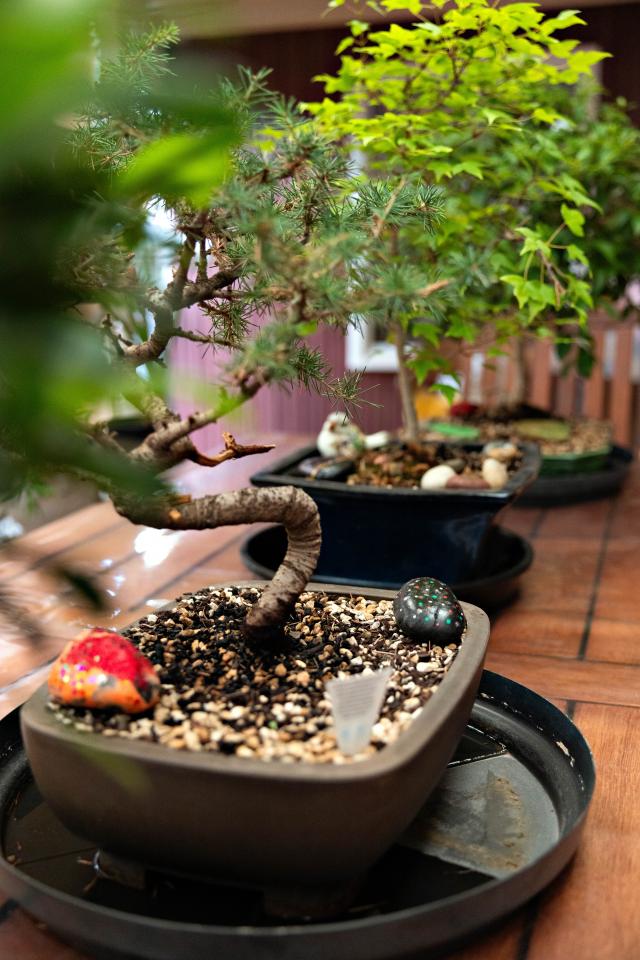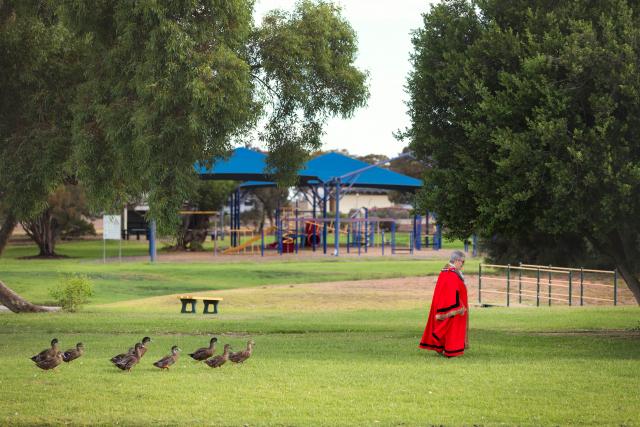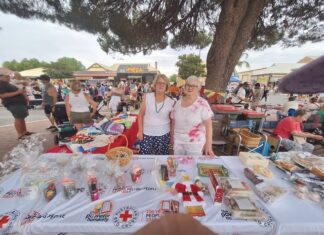She is set to become the longest serving local mayor, and she is just as comfortable talking business as she is chatting to anyone ‘down the street’, but one certainty is that District Council of Peterborough mayor Ruth Whittle OAM is a determined, passionate advocate for her beloved home town.
Next year, Peterborough mayor Ruth Whittle OAM will notch up a new milestone, becoming the longest serving local government mayor in Australia.
But it is not a recognition that necessarily sits well with Ruth.
She has never been in the job for the accolades, and as she approaches her 34th year as mayor – in her 41st year as a councillor – her commitment for her beloved Peterborough is as strong as ever.
Determined to keep the town on the map, there is still much to be done for the likeable mayor who fiercely pronounces that she will “fight for the underdog every time”.
“I think I’ll be the longest serving mayor, should I get there, next year in 2025,” Ruth said.
“It’s not something I’ve ever investigated, other people have done the maths, not me.
“It’s not something I set out to do. You think ‘I’ll be there for four or five years’, but I just stuck around a bit longer.
“There’s always a project that’s not finished, I’ve just kept putting my shingle up and no one has opposed me, until the last election.”
Ruth still won convincingly, testament to her standing in the local community.
There have been many achievements, but Peterborough has copped perhaps more than its fair share of knockers and setbacks.
Struggles with employment and health and banking services, all tell-tale signs of a community that has had to fight some battles.
“We live in a low socio-economic area, we’re one of the poorest communities outside of the Adnyamathanha Lands, and we struggle like all rural communities,” Ruth said.
“We do have to remind governments that north of Gawler there is a population and we need looking at every now and again.”
A once thriving railway town – the centre of Australia, if you like, in its heyday, the junction for broad, standard and narrow gauge, where you “could get from east to west and as far north as it went in those days”.
Huge railway workshops and the town abustle with workers and travellers.
But since the demise of the railway, Peterborough has had to reinvent itself.
It is making inroads, tapping into its rich railway history to tempt tourists in to experience its Steamtown Heritage Centre, admire its once-exquisite shopfronts and buildings, like the magnificent former pro-cathedral, St Anacletus Catholic Church.
Right there, fighting for it along the way, has been Ruth and her army of steadfast community members.
“One of my greatest achievements has been keeping Peterborough on the map and effective,” she said.
“We lost our major industry when we lost the railways in the early 80s, and it’s not been an easy process. We’ve had to fight to make ourselves relevant and replace what the railways lost.
“We used to have nearly 5000 people living here and now we’re down to just under 2000, but we still have a lot of infrastructure to maintain – we have the infrastructure for 5000, but we don’t have the 5000 people to pay for it.”
Ruth was born in nearby Terowie in 1946, but lived almost her entire life in Peterborough.
Her father was a returned soldier, who spent some time recuperating in Indooripilly, and when Ruth was born in 1946, she and her mother lived a short time with Ruth’s grandparents before purchasing their own home in Peterborough.
The eldest of four girls, Ruth recalls a carefree childhood, always with plenty of kids to play cricket in the street.
Her father worked in the railways and her mother kept the home fires burning – with Ruth and her sisters all expected to pull their weight, chopping wood, doing the shopping and helping out.
It was this grounding that Ruth credits for the “determination and toughness” that has got her through her adult life.
At 19, Ruth joined the army, working in signals/morse code, which took her to Singapore where she met her husband, Dave who was in the Royal Air Force.
They married – and Ruth left the workforce, as was expected of married women at the time – and moved to Dave’s homeland, the UK, where their daughter was born.
It was not long before Peterborough was calling her home.
“We’ve been here ever since,” Ruth said.
“Dave couldn’t believe it when he got here.
“We hopped off the plane, and one of my sisters drove us to Peterborough.
“It was 1976, and when we got to Terowie, the bitumen ran out.
“It was a dirt road the rest of the way to Peterborough for 22 kilometres, and Dave couldn’t believe we’d driven off the bitumen and come up a dirt road to get here.
“He thought, ‘oh my God, where have you taken me?’ It was quite a shock.”
It did not take long to settle in and Dave got work in the railways, and then pest management at the nearby Jamestown council and finally as an officer in natural resource management.
Despite going on to work in various jobs, from employment services to cooking at the local pub when it was more acceptable for married women to work, the early years in Peterborough had Ruth seeking a challenge.
Not keen on the Country Women’s Association or bowls – “I was too young for that” – and unable as a female to join Rotary, Apex or Lions at the time, she stuck her hand up to be a councillor.
“Council were having their elections and I thought, ‘I’ll give that a burst’, and I’ve been there ever since,” she said.
Ruth joined the District Council of Peterborough (formerly the Corporate Town of Peterborough) as a councillor in 1983.
In 1991 she was voted in as the first female mayor for Peterborough.
It is a role this pioneering, down to earth mayor has held ever since, and the community has backed her all the way.
“They had a lot of trouble to begin with because you’re called Your Worship or His Worship in the chamber and they couldn’t get their head around Her Worship,” she laughs.
“They worked out to just call me mayor outside of the chamber, but they could never work out what to call Dave, and it’s still the same today.
“Dave’s really the mayoress I suppose, but that sounds a bit feminine, so most people call him the First Husband, which started out as a bit of a joke but now everybody knows him as that.”
Ruth describes herself as “down-to-earth, but can rise to the occasion”, just as comfortable negotiating in a board room as she is chatting to locals down the main street.
Never perhaps more evident than when she was awarded her OAM by then Governor of South Australia Marjorie Jackson Nelson AC CVO MBE.
Having done an early, cold winter’s morning dash from Peterborough ahead of the ceremony at Government House, Ruth, Dave and two friends pulled up in a far corner of the parade grounds car park.
She discreetly whipped off the winter woollies she’d worn for the trip, and dressed in her “posh gear”, confident everybody was in too much of a rush to work to take any notice of what she was doing.
Ruth proudly accepted her Order of Australia for services to local government and sat to watch everyone else receive their award.
She congratulated the recipient next to her and he cheekily declared he felt like he already knew Ruth well, having seen her change her outfit in the carpark.
“Here I was feeling very posh and then he said he’d seen me in my bra and knickers changing, and that put me right back at the starting gate,” she said.
“We had a real laugh about it and of course everyone around us wanted to know what the joke was.
“Majorie Jackson Nelson even got to hear about it and did she have a laugh? You bet she did!”
There is nothing more certain, Ruth is a mayor for the people, and while she says she will consider the next council election in 2026 when it is nearer, she knows that Peterborough will always be her place.
“It’s my home,” she said.
“First Nations people who talk about their connections to the land and to their area, and know their place in Australia, I think that’s the same for me.
“I was born and bred here and know where my home place is.
“I can see the colours and landscape in photographs and immediately know that’s my area.
“I feel at peace here, I love the place, I love the people, love the community, love the challenges and will probably stay here the rest of my life.”

